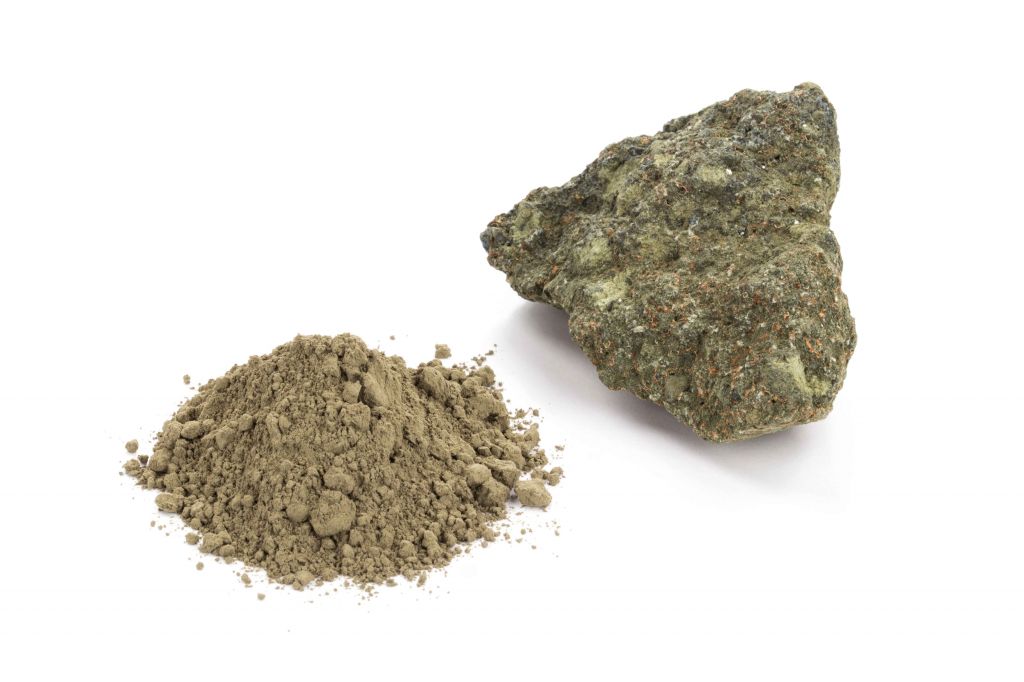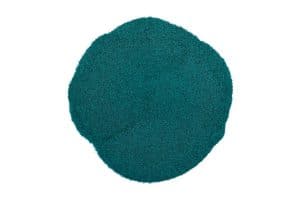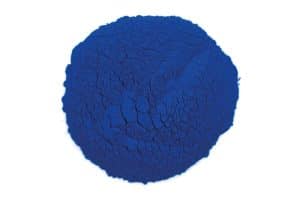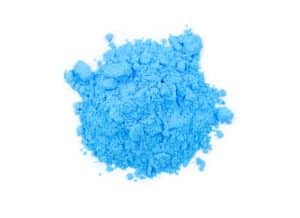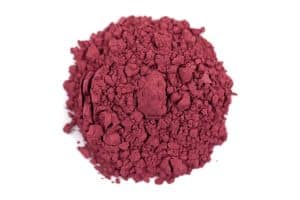Description
- Nature provides many different green minerals. The hues of those ground minerals range from green to greenish gray.
And many of these powders can be used to make colorful surfaces. In general, the coloring effect of these powders is
caused by iron-II-silicates. Differentiating the green powders is very difficult, due to the varying chemical composition.
The alchemistic possibilities of recognizing and describing these rare materials were limited.
The basis element of the most frequently used green minerals is iron, chrome or/and nickel. In Russia, for example,
a local chrome deposit was exploited for artist purposes. The chemical composition is a hydrated chrome-iron-silicate,
the color hue similar to viridian green.
In Italy, many mineral deposits of green and greenish minerals were available in Tuscany during the Middle-Ages.
The medieval mineralogist could easily distinguish between green earths and green copper compounds.
However, the green earths were named after the place of their origin. The individual deposits of some green minerals
were sometimes scarce but on a regional scale they were plentiful. Epidote, for example, can be found as veins and thin
layers up to 1 cm thick, in the area around Livorno, in Italy.
Many of the green minerals were locally ground and used as pigments and therefore, trades did not develop.
An expansion of range of light-fast green pigments was always welcome.
The literary passage of Theophilus should only be interpreted by differentiated chemical analysis of Gothic and
Roman paintings. Even though one or another green mineral substance can be determined by such an analysis,
it cannot exclude other substances of the paintings of another artist in another city.

